Introduction to 8-Core Fiber Optic Cable
The 8-core fiber optic cable stands as a pivotal component in modern communication infrastructure. This category of cable is integral to the transmission of data over both short and long distances, offering a blend of reliability and performance. The 8-core configuration signifies the presence of eight optical fibers within a single cable, providing multiple pathways for light signals to travel, which enhances data transmission capabilities.
Composition and Design
The design of an 8-core fiber optic cable is sophisticated, featuring a central core where the optical fibers are housed. These fibers are typically made from glass or plastic and are incredibly thin, almost hair-like in diameter. The core is surrounded by a cladding layer that reflects light back into the fiber to prevent signal loss. A protective layer known as the buffer coats the cladding, followed by a strength member layer to enhance durability. The entire assembly is encased in an outer jacket for environmental protection.
Types and Applications
There are two primary types of 8-core fiber optic cables: 8 core single mode fiber optic cable and 8 core multimode fiber optic cable. The single-mode variant is designed for long-distance communication, offering a single pathway for light signals that allows for a more direct and less dispersed transmission. In contrast, the multimode variant is suited for shorter distances, with multiple pathways that can carry light signals simultaneously. These cables are widely used in various applications, from network backbones to data center connections and beyond.
Features and Advantages
An 8-core fiber optic cable is distinguished by its minimal signal loss and high bandwidth capabilities. The presence of multiple cores allows for increased data transmission rates, making it an ideal choice for high-demand systems. Additionally, these cables are less susceptible to electromagnetic interference compared to their metallic counterparts, ensuring a more stable and secure communication channel.
Materials and Shielding
The materials used in the construction of 8-core fiber optic cables are chosen for their optical and physical properties. The glass or plastic fibers are selected for their ability to transmit light with minimal loss. Shielding is another critical aspect, with some cables featuring a metal layer to protect against external interference. This shielding is crucial in maintaining the integrity of the transmitted signal, especially in environments with high electromagnetic activity.
Choosing the Right Cable
Selecting the appropriate 8-core fiber optic cable for a specific application requires consideration of factors such as transmission distance, bandwidth requirements, and environmental conditions. On Alibaba.com, a diverse array of options is available, including 8 core OM3 fibre optic cable and cables designed for various protocols and network architectures. It is essential to review the specifications to ensure compatibility and performance for your communication needs.
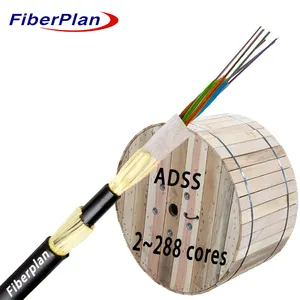
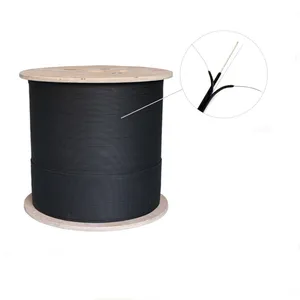



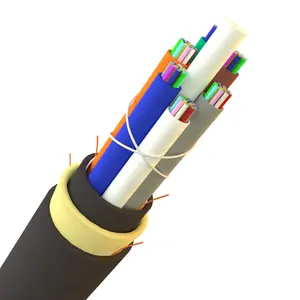



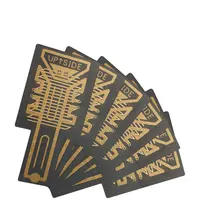






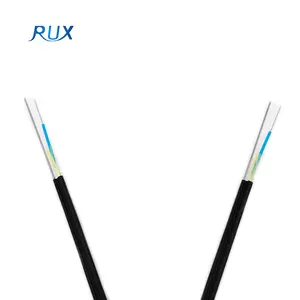
























 浙公网安备 33010002000092号
浙公网安备 33010002000092号 浙B2-20120091-4
浙B2-20120091-4